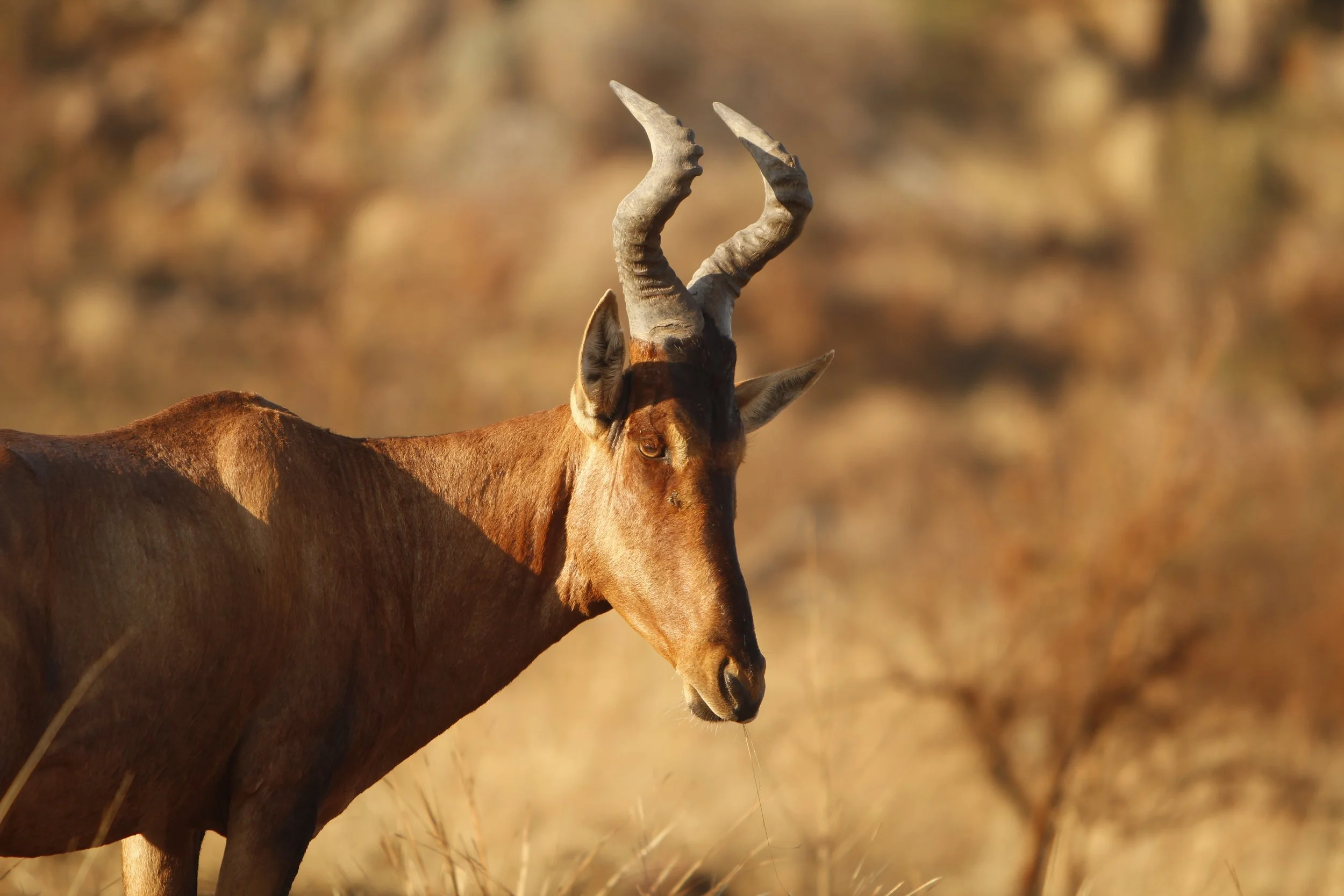The Art of Wildlife Portraits: Seeing Animals Through a Portrait Photographer’s Lens
When most people think of portrait photography, they imagine humans: a smiling child, a couple in love, or a professional headshot. But what if the same care, emotion, and storytelling could be applied to wildlife? For a portrait photographer, animals are not just subjects—they are personalities, each with their own story, mood, and essence waiting to be captured.
Finding the Connection
Just like human portraits, wildlife photography is about connection. It’s about noticing the small details: the glint in a lion’s eye, the posture of a giraffe stretching its neck, or the subtle tension in a gazelle preparing to leap. A successful wildlife portrait captures not just the animal, but its spirit. Patience is essential. A portrait photographer’s eye is trained to see nuance, waiting for the moment when the wild subject reveals a story that can be frozen in time.
Light, Composition, and Mood
Portrait photographers thrive on light and composition. These same principles apply to wildlife. Golden hour casts a warm glow on a cheetah’s sleek coat. Shadows and highlights bring texture to the fur of a wolf. Even the background—trees, rocks, or water—becomes part of the narrative, framing the subject in a way that evokes emotion and drama. The goal is to elevate wildlife photography beyond a snapshot, creating an image that feels intimate, almost like a personal portrait of a wild being.
Patience, Respect, and Storytelling
Capturing wildlife is not just about technique—it’s about respect. A portrait photographer approaches animals with quiet observation rather than interference. This respect builds trust, even in the wild, allowing authentic moments to unfold naturally. Each photo tells a story: a mother protecting her young, a predator in silent anticipation, or a bird mid-flight in perfect grace.
Tips and Tricks for Capturing Wildlife Portraits
Study Your Subject – Learn the habits, behaviors, and environment of the animal. Anticipating their movements is key to capturing natural, emotional moments.
Focus on the Eyes – In portraits, the eyes are the window to the soul. The same applies to animals. Sharp, expressive eyes make your photo feel alive.
Use Natural Light – Early mornings and late afternoons provide soft, warm light that highlights textures and adds depth. Avoid harsh midday sun when possible.
Simplify Your Composition – A clean background ensures your subject stands out, keeping the viewer’s attention on the animal’s personality.
Be Patient and Observant – Wildlife rarely poses on demand. Wait quietly and watch carefully—often the most striking moments happen unexpectedly.
Mind Your Gear – Telephoto lenses are your best friend for getting close without disturbing your subject. Fast shutter speeds help freeze motion, and a sturdy tripod or monopod can reduce shake.
Respect Nature – Never compromise the animal’s safety or your own. Ethical photography ensures both a rewarding experience and sustainable wildlife encounters.
Why Wildlife Portraits Matter
Portraits have the power to create empathy. Seeing the world through a wildlife portrait—one that captures emotion and personality—reminds us of the importance of conservation. It bridges the gap between humans and nature, helping us feel connected to creatures we may never meet in person.
In the end, wildlife portraiture is about more than just beautiful images. It’s about storytelling, emotion, and connection. The principles a portrait photographer brings to human subjects—attention to detail, timing, lighting, and expression—transform the wild into something intimate, revealing that every animal has its own story worth telling.
























